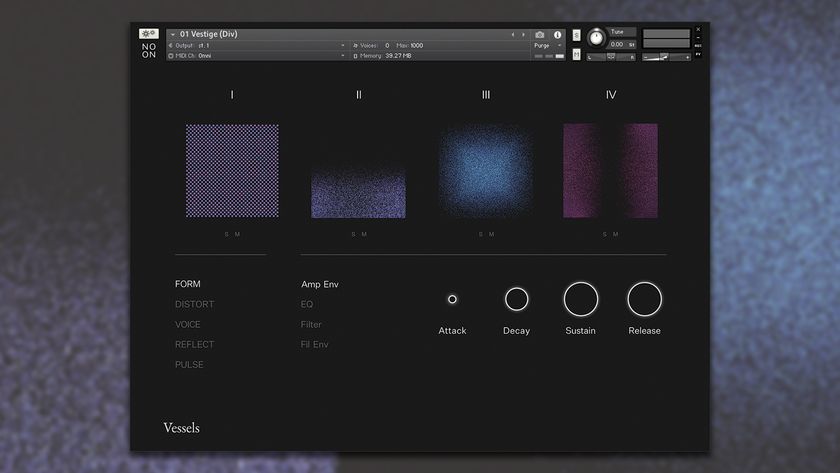8 ways to get more out of your samples
Try shaking things up with these techniques
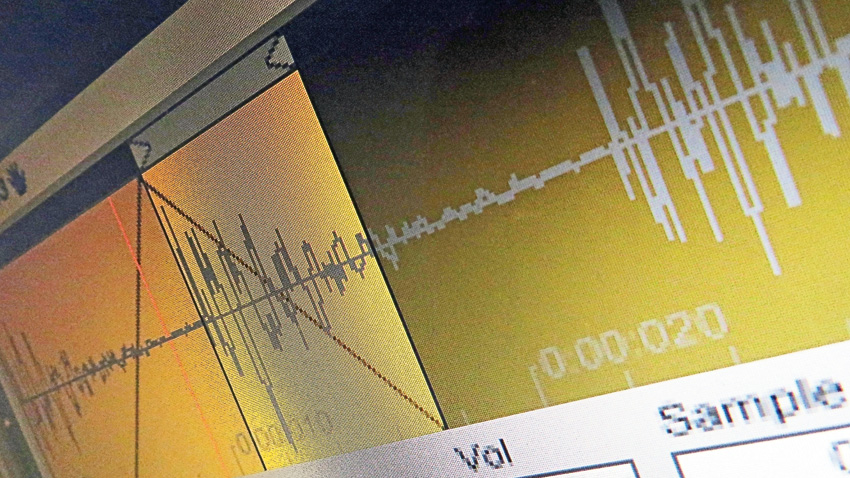
The modern sampler - be it hardware or software - is a ridiculously powerful sound-generating and processing machine, bursting with creative potential and serving as one of the primary tools in any production setup.
With this eight-strong collection of tips and techniques, we aim to get you thinking out of the box about your sampler and the sounds you feed into it. No matter what kind of music you're making, each and every one of them is worth exploring and adapting to your particular workflow, so without further ado…
1. Sample hunter
Go the extra mile to seek out unique content for your sample library. Use a dedicated ripping app to capture foley and vocals from movies and TV shows. If a friend has just acquired a juicy new synth, offer to spend an evening creating new sampler fodder for the both of you. A field recorder (or iPhone mic attachment) can also be an indispensable tool for capturing everyday sounds on the move.
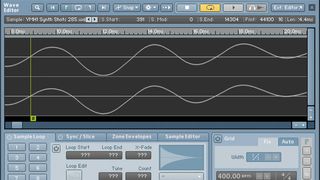
2. Zero crossings
Pops and clicks usually occur when a sample begins or ends at a point of non-zero amplitude - ie midway through a wave cycle. If you're changing a sample's start and end points, or looping up a region, prevent these clicks by zooming into the waveform and positioning your markers at the nearest zero crossing points. Your sampler will probably feature a crossfade parameter, so if you're still getting pops, use it to gently fade edges and smooth the effect.
3. Synth waveforms
If multisampled synths don't offer you enough scope and control, build up a collection of raw, unfiltered synth waveforms. Not only can you gather classic tones from the world's most expensive and sought-after synths, but you can then combine them together in a single sampler, using traditional synthesis techniques to create unique patches. Try duplicating a single synth 'oscillator' in your sampler, then detuning the two against each other for a classic beating effect.
4. Stretch your time
We all dip in and out of the roles of sound designer, composer and mix engineer when we're producing. Be aware of this and allocate time to sample-sourcing and sound design sessions. Without the pressure of finishing a track, you'll be able to find unusual sounds and use sampling techniques more effectively, ultimately providing a heap of custom samples ready for your composition sessions.
5. Get modulating
Modern samplers offer a huge range of modulation possibilities, which you can exploit to create unique timbres and effects. Try assigning an LFO or your mod wheel to a looped sample's start and/or end points. Depending upon the length of the loop, it's possible to create granular-style buzzes or more obvious cycling repeats. Further mayhem can be had by modulating one LFO's rate with another. Use your imagination and get modulating for yourself.
Get the MusicRadar Newsletter
Want all the hottest music and gear news, reviews, deals, features and more, direct to your inbox? Sign up here.
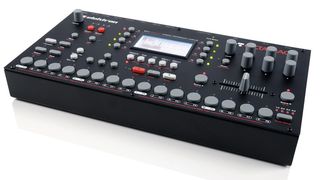
6. Take sampling away from the screen
While software samplers are undoubtedly powerful, they don't always encourage live tweaking and hands-on control. Thankfully, it's never been easier for the modern sampling enthusiast to take sound manipulation away from the computer, thanks to a wide range of inspiring hardware devices on the market. Korg's Volca Sample and Electribe Sampler are great for live jamming, while more serious users should investigate Teenage Engineering's OP-1 or Elektron's Octatrack.
7. Multisample magic
Playing back a single piano or synth sample up and down the keyboard results in unnatural artifacts at extreme deviations from the sample's original pitch. By sampling multiple notes across different keys and octaves (multisampling), more realistic results can be achieved, replicating a sound's changes in timbre when played at different pitches and velocities. If you want convenient access to your hardware synth sounds when away from the studio, create multisampled instruments of your favourite patches - programs like SampleRobot even do the hard work for you!
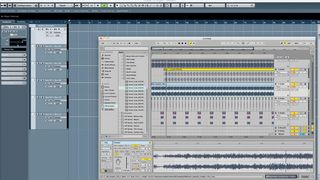
8. ReWire your studio
With their deep audio manipulation and processing features, modern DAWs such as Ableton Live and Reason can be thought of as huge samplers in their own right. Explore this concept through ReWire - set up one of the aforementioned as a slave, feeding multiple channels into a 'tape machine'-style host such as Cubase or Logic. The slave application can then be assigned to sampling duties, processing chunks of audio, and the results can then be arranged and mixed in your master host.
Future Music is the number one magazine for today's producers. Packed with technique and technology we'll help you make great new music. All-access artist interviews, in-depth gear reviews, essential production tutorials and much more. Every marvellous monthly edition features reliable reviews of the latest and greatest hardware and software technology and techniques, unparalleled advice, in-depth interviews, sensational free samples and so much more to improve the experience and outcome of your music-making.


